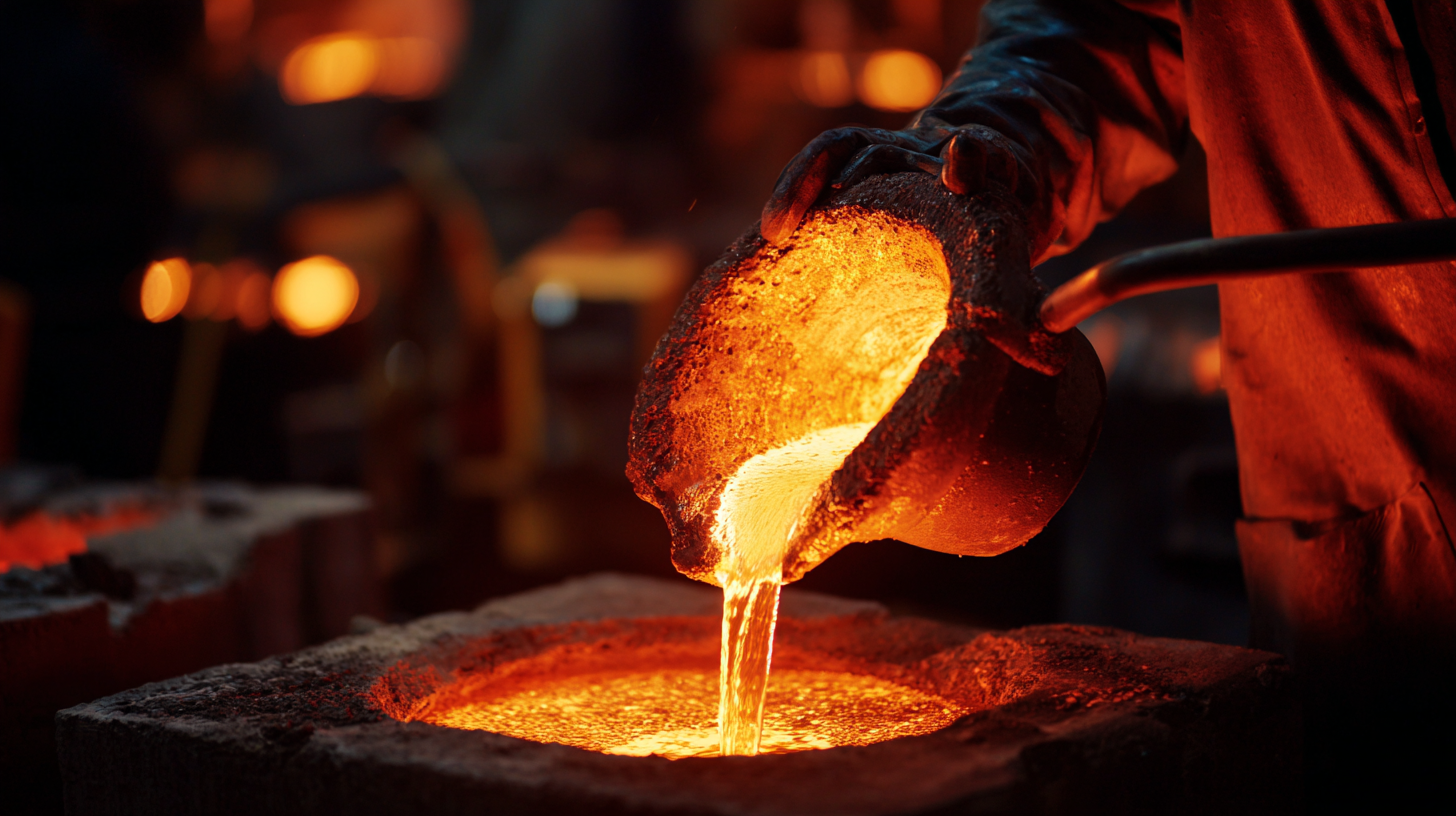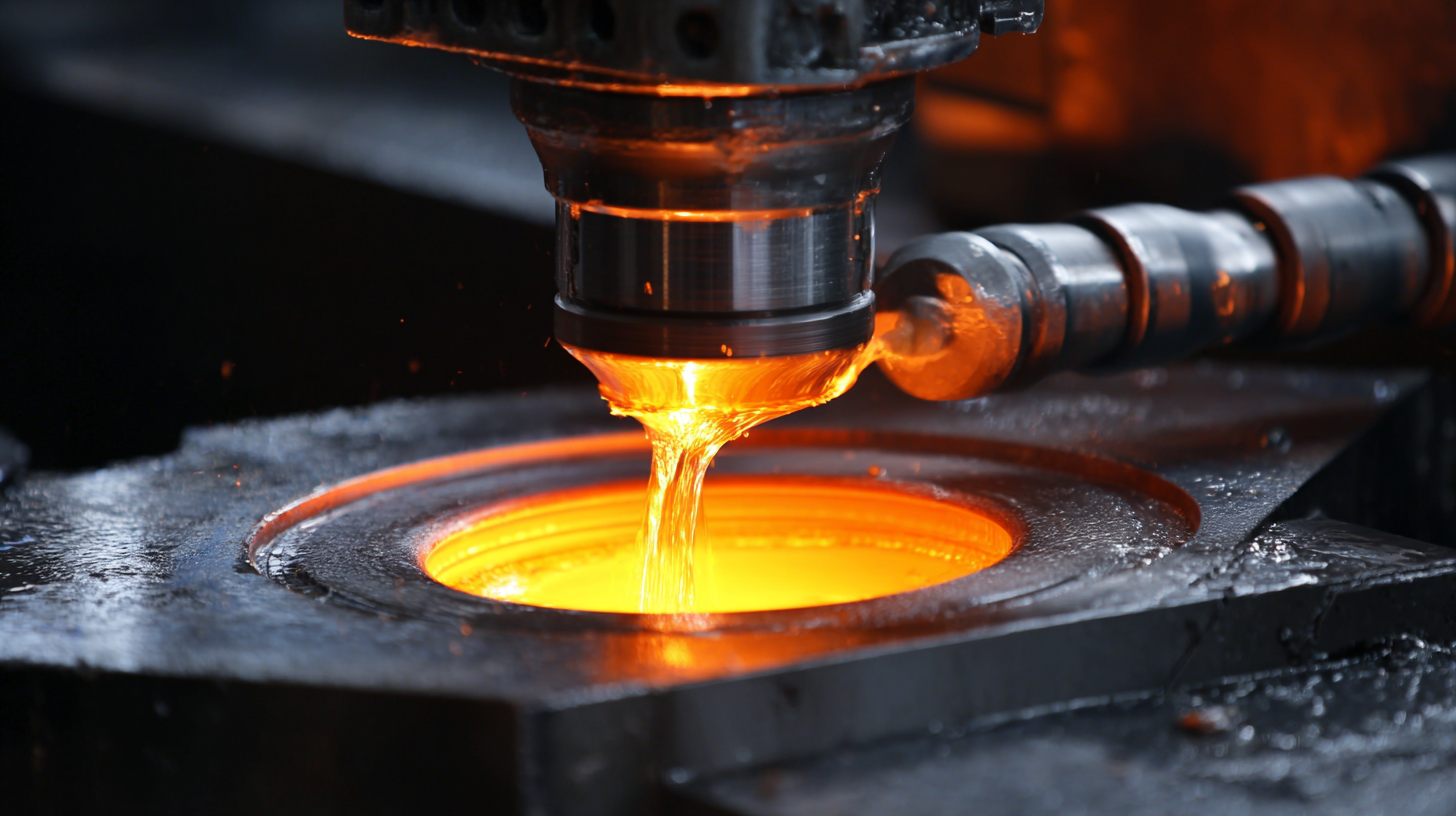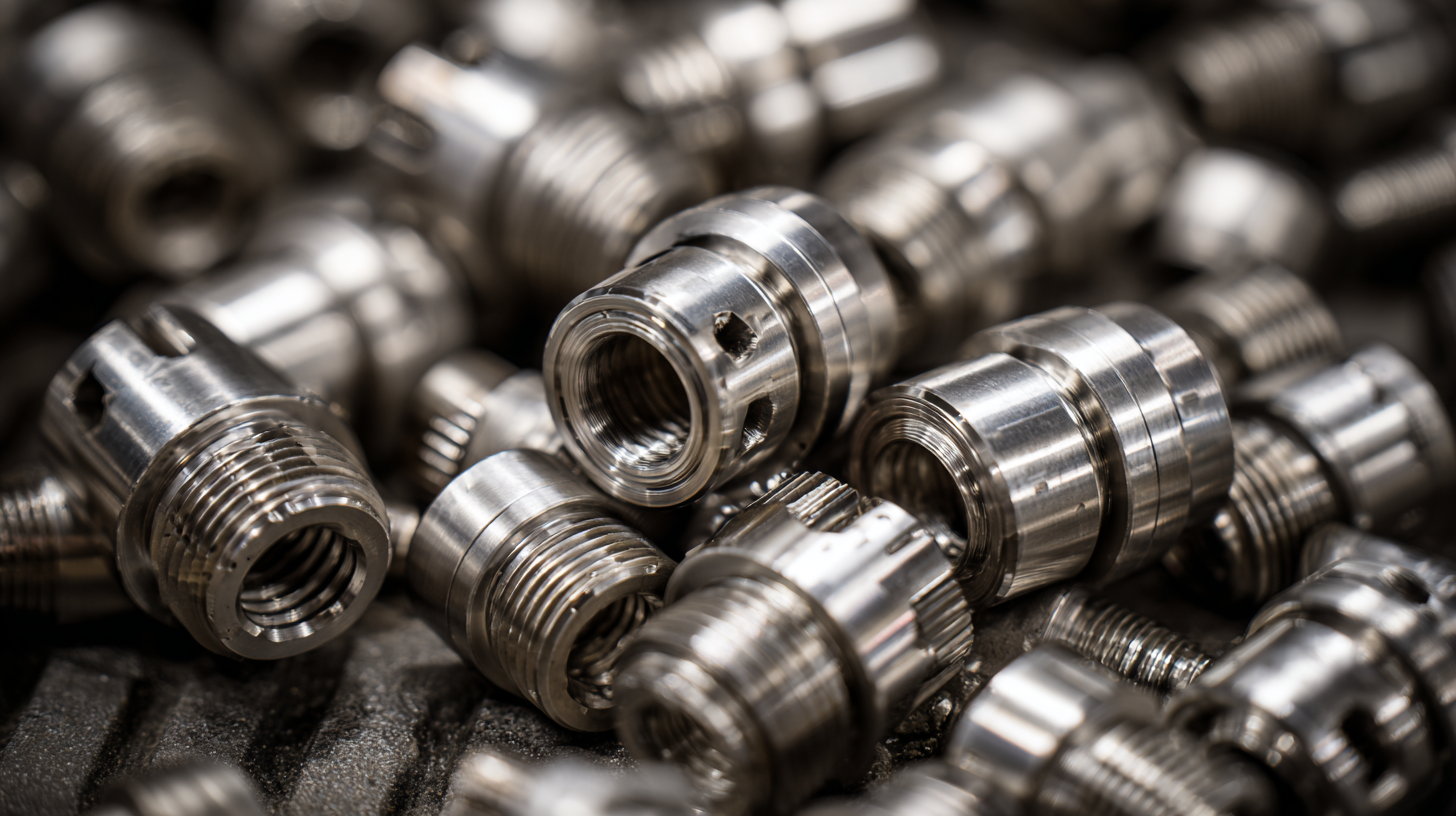 +86 180 0293 5268
+86 180 0293 5268






Precision Investment Casting has emerged as a critical manufacturing process across various industries, known for its ability to produce intricate shapes with high dimensional accuracy and superior surface finishes. According to a report by MarketsandMarkets, the global precision casting market is projected to reach $12 billion by 2025, driven by the growing demand from sectors such as aerospace, automotive, and medical devices. The unique characteristics of precision investment casting—such as the reduced material waste and enhanced mechanical properties of the final products—make it an invaluable choice for manufacturers looking to optimize performance and reduce costs. As industries increasingly seek innovative solutions to meet their specific needs, understanding how to choose the best precision investment casting technique becomes essential for driving success and competitiveness in a rapidly evolving market.

Understanding precision investment casting is critical for industries like aerospace, where high-quality and accurate components are essential. Recent advancements in Vacuum Precision Investment Casting (VPIC) are setting new standards in the manufacturing process. A notable investment of £2 million in VPIC capabilities highlights the industry's commitment to innovation. This process allows for improved temperature regulation, enabling manufacturers to create more precise castings through better insulation strategies. The adoption of advanced simulation techniques and a two-stage optimization process further enhances the precision and reliability of the castings produced.
Key technical parameters in precision investment casting include dimensional stability, surface integrity, and casting consistency. The use of 3D printing for rapid prototyping is revolutionizing traditional casting methods, increasing efficiency, and allowing for complex geometries that were previously difficult to achieve. Additionally, the growing trend of digital twins and machine learning applications, such as convolutional neural networks for predicting shrinkage deformation, is proving invaluable. These technological advancements ensure that manufacturers can meet the rising demand for precision castings across various sectors, particularly in high-value applications like those found in aviation and other advanced industries.

When selecting precision investment casting, one of the most critical factors to consider is the alloy composition. The material used in the casting process directly influences the final product's performance and longevity. Different alloys provide varying levels of strength, corrosion resistance, and thermal stability, making it essential for industries to choose the right composition that aligns with their specific application requirements. For example, aerospace components often require high-strength alloys that can withstand extreme temperatures and pressures, while medical devices may prioritize biocompatibility and corrosion resistance.
Understanding the characteristics of various alloys is crucial for achieving high-quality investment casts. Factors such as melting point, fluidity during the pouring process, and the ability to maintain dimensional accuracy after solidification are all tied to the alloy's composition. Furthermore, any impurities in the alloy can lead to defects in the final product, affecting its reliability and safety. Therefore, a thorough knowledge of alloy properties not only helps manufacturers make informed decisions but also ensures that the end products meet stringent industry standards and performance expectations.
| Alloy Type | Melting Point (°C) | Tensile Strength (MPa) | Elongation (%) | Primary Applications |
|---|---|---|---|---|
| Carbon Steel | 1425-1540 | 400-600 | 10-20 | Automotive, Machinery |
| Stainless Steel | 1400-1450 | 505-760 | 40-60 | Food Industry, Chemical Processing |
| Aluminum Alloy | 660-700 | 200-300 | 8-12 | Aerospace, Automotive |
| Bronze Alloy | 950-1050 | 300-500 | 15-25 | Marine, Electrical Components |
| Nickel Alloy | 1300-1400 | 450-900 | 30-50 | Aerospace, Oil & Gas |
When selecting precision investment casting for specific industry requirements, understanding dimensional tolerances is crucial. Dimensional tolerances refer to the allowable variations in the size and shape of cast parts, which are critical for ensuring parts fit and function correctly in their designated applications. This aspect of casting not only influences the performance of the final product but also affects the manufacturing process, cost, and time efficiency.
In industries such as aerospace, automotive, and medical equipment, maintaining strict tolerances is non-negotiable. Advanced machining techniques and innovative design processes can greatly enhance the precision of investment casting. Investing in high-quality molds and materials is essential, as these factors directly impact the accuracy of the final castings. By prioritizing dimensional tolerances during the selection process, manufacturers can minimize waste, reduce rework, and ensure high-performance standards, ultimately giving them a competitive edge in the marketplace.
When selecting precision investment casting for specific industry needs, the importance of surface finish standards cannot be overstated. The surface integrity of cast components plays a crucial role in their functional performance. Recent studies indicate that a significant relationship exists between surface roughness and mechanical properties such as fatigue strength and wear resistance. Notably, the average roughness (Ra) metric, although widely used, does not fully capture the nuances that influence functionality. Research shows that incorporating advanced surface treatments can dramatically enhance the performance metrics of cast parts, demonstrating a critical need for a comprehensive approach to evaluating surface quality.
Moreover, innovations in additive manufacturing have opened new avenues for achieving high-quality surface finishes. Techniques like the ironing process have been optimized using Box–Behnken design methods to improve material properties post-production. Reports suggest that the global market for automotive additive manufacturing is set to reach substantial growth by 2028, reflecting the industry's push towards integrating advanced surface finish solutions. As manufacturers look to optimize mechanical performance, especially in polymer matrix composites, prioritizing surface finish standards will be integral to meeting the functional requirements of components across various sectors.

When evaluating the cost efficiency of precision investment casting processes, it is essential to consider not just the initial production costs but also the long-term savings and benefits. According to a study by the Investment Casting Institute, precision investment casting can reduce material waste by up to 80% compared to traditional machining processes. This significant reduction not only lowers the raw material costs but also minimizes the environmental impact, making it a sustainable choice for many industries.
Furthermore, precision investment casting often results in parts that require less finishing work, which can substantially decrease labor costs. A report by the Allied Market Research indicates that the global precision investment casting market is projected to reach $19 billion by 2025, driven by advancements in technology that enhance both quality and cost-effectiveness. In industries such as aerospace and automotive, where tolerances are critically tight and material integrity is paramount, the upfront investment in precision casting processes can lead to more efficient production cycles and reduced overall lifecycle costs.
